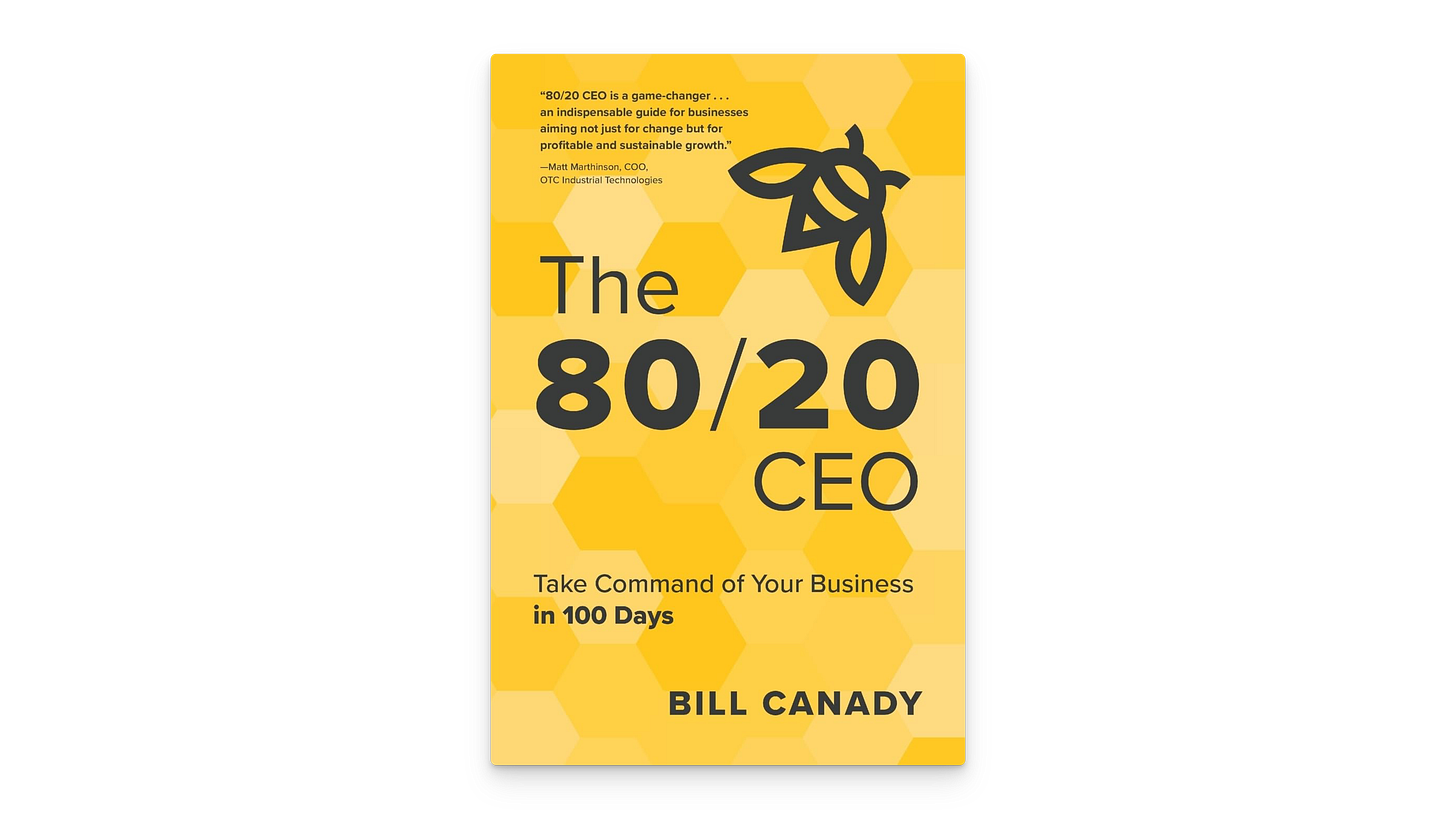The 80/20 CEO
Take Command of Your Business in 100 Days
by Bill Canady
Some firms limp along for years, weighed down by marginal customers, bloated product lines, and leaders who confuse activity with impact. Bill Canady argues that the cure is focus.
By applying the Pareto—or 80/20—principle, a leadership team can locate the small slice of work that generates most of the value, double‑down on it, and either …
Keep reading with a 7-day free trial
Subscribe to The Book Summaries to keep reading this post and get 7 days of free access to the full post archives.

